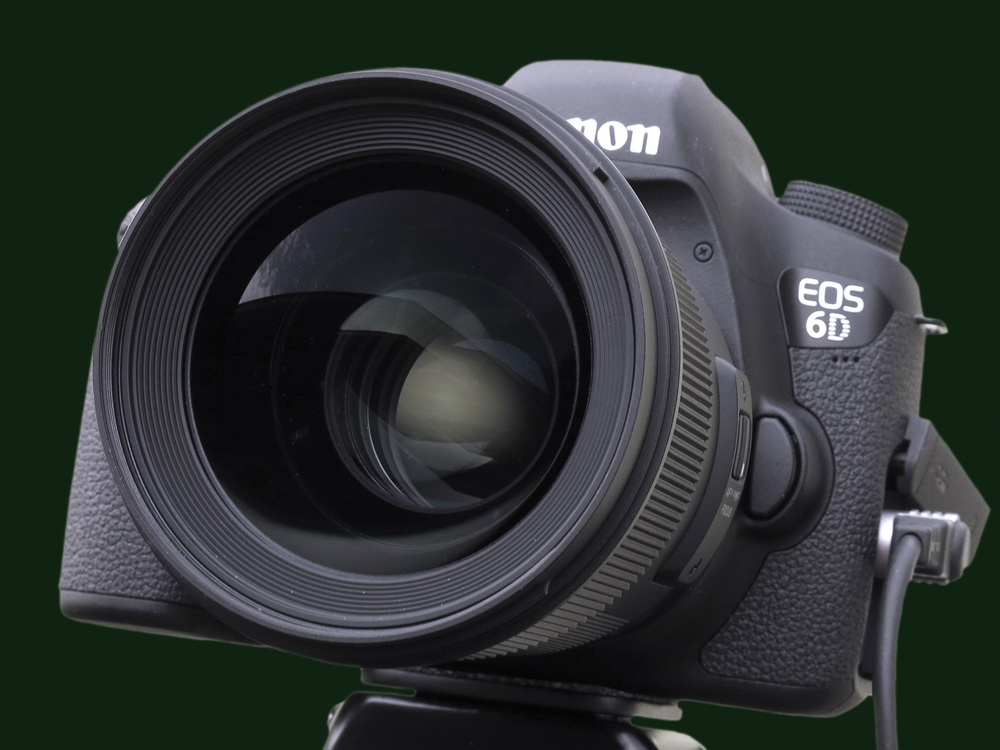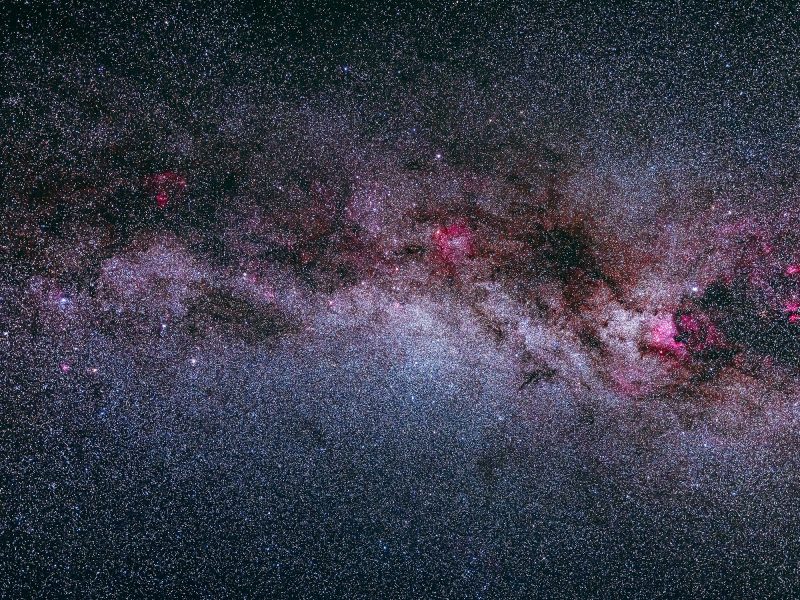Virtually all hobby interests come with the lure of the latest new or improved gear. In amateur astronomy, it is primarily telescopes and imaging stuff — the better to see and capture the wonders of the universe.
In the past decade and a half, developments on the imaging side of the equation experienced a huge revolution, with an almost total conversion from film emulsion to digital technology. But until recently, advances in digital sensors for cameras have outpaced lens-design technology, which means that some camera lenses do not quite match the resolution of the latest camera sensors.

Many camera lenses that were designed more than 10 years ago do not have sufficient resolution to equal that of the modern digital sensor in the camera to which the lens is attached. This is particularly true for the higher-end digital SLR cameras favoured by photography buffs, especially astro-imagers.
Designing and bringing into production another generation of lenses is a heavy investment. But new and better lenses for DSLR cameras have slowly been appearing. The news for astro-imagers is that one lens manufacturer, a Japanese firm named Sigma, has plunged into the deep end by introducing two new lenses designed from the ground up — a 35mm f/1.4 and a 50mm f/1.4 — made to fit Canon, Nikon and Sony DSLR cameras.

The lenses are part of Sigma’s Art Series, a new line designed to tackle both the resolution issue mentioned above and the pesky optical aberrations that I will discuss in a moment. In my judgment, the improvements displayed by these two Art Series lenses improve on many of the lens shortcomings that astro-imagers have lived with for decades.
Since the 50mm is the more recent of the two lenses to be released, I will talk about it here, but everything below also applies to the 35mm.
First, this essential bit of information: These lenses are premium in every way and are priced accordingly — in the $1,000 range in Canada and the United States. They are aimed at the experienced photographer or, in our case, the astro-imager.
So What’s New?
After the first few attempts at starry-sky imaging, novice astrophotographers usually notice that DSLR camera and lens combinations which produce acceptable results for daytime photography often disappoint at the more critical task of recording stellar specks on the stark black background of the night sky. The point source of a star is a severe test of optics. Star-field shots can make it obvious that some lenses are sharp in the central region of the frame but deteriorate toward the edges.
The most common aberration in camera lenses is coma, where stars away from the centre of the frame appear seagull-shaped. More expensive lenses are often designed to reduce or eliminate coma. An alternate way to eliminate coma is to stop down the lens. For example, the inexpensive ($125) Canon 50mm f/1.8 lens has objectionable coma when wide open. In my tests and in more extensive tests by our regular astro-imaging contributor Klaus Brasch, the coma in this lens cleans up nicely at f/4.0 but is noticeable at wider apertures (lower f-numbers).

Another lens aberration that is common to many DSLR lenses is vignetting, which reveals itself as a gradual darkening toward the corners of the image frame. It, too, can be controlled or eliminated by stopping down the lens. Software can also do it, though not perfectly.
Since these two types of aberration can be controlled by stopping down the lens, you might ask: “Why buy a pricey f/1.4 lens just to stop it down more than two f-stops to clean up aberrations?” Good point — and it is one that Sigma has tackled in its Art Series lenses.
To determine how well Sigma’s new lens design actually performs, I headed to the Lennox & Addington County Dark Sky Viewing Area north of Napanee, Ontario. With the 50mm lens mounted on an iOptron SkyTracker mount, I proceeded to capture a range of exposures, from f/1.4 to f/3.2. It didn’t take long under the excellent sky conditions to see that this is, indeed, an exceptional astro-imaging tool.
The Cygnus image at f/2.2 shown above answers the question. Both vignetting and coma are virtually nonexistent, even when the image is blown up to poster size. I have never seen this before at such a low f-stop on a lens of 50mm focal length. The new Sigma 35mm f/1.4 produced similar results, which means that if you want the best astro imaging lenses in these focal lengths, here they are.





